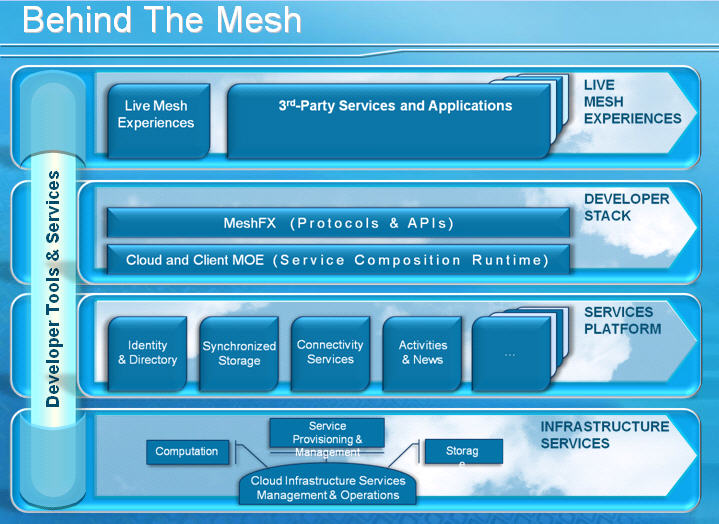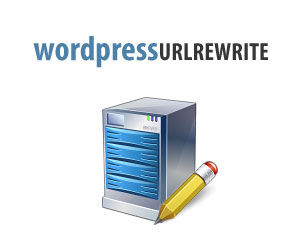I am really focusing on user interfaces at the moment, both due to requirements at work and personal interest. It is one of those areas where the computer science ends, and the people science begins. It is very rare to come across a good user interface, in fact UI’s have reached the stage of ridicule in many cases. One of the many defences IT people use is “my software is simply that complicated”. It needs the fields, options, checkboxes etc. otherwise you are losing functionality. I disagree, you just need to understand your customer better. Have you benchmarked and user tested? There are some good podcasts and consultants out there that hammer home the importance of user testing (and I don’t mean using UAT to check for bugs!).
Getting to my point, I was recently looking at changing banks. One of my biggest concerns (after interest rates) was the user interface and capabilities of the bank’s online banking system. These days banks provide a lot of functionality online, so it is very important to me that it I get a functional yet no-nonsense interface. Thankfully most banks provide some kind of test drive, but really this doesn’t provide a detailed enough coverage.
 Fortunately PC Authority magazine has done a user interface and basic functionality/security comparison for all the major Australian banks. I have included a copy of their comparison matrix to the left. The winner was the NAB, followed by the Bank of Queensland (who prove a top Internet offering is more about a quality rather than quantity spend). Some more informal user feedback would suggest that users actually care more about the interface than the security of their online banking. Phishing and viruses regularly make the quality of website security a moot point.
Fortunately PC Authority magazine has done a user interface and basic functionality/security comparison for all the major Australian banks. I have included a copy of their comparison matrix to the left. The winner was the NAB, followed by the Bank of Queensland (who prove a top Internet offering is more about a quality rather than quantity spend). Some more informal user feedback would suggest that users actually care more about the interface than the security of their online banking. Phishing and viruses regularly make the quality of website security a moot point.
These days the internet banking site is often the sole point of interaction a customer will have for months at a time. Banks should be understanding this and really giving their user interfaces a higher priority. What is the cost comparison between customer care staff training and a decent usability review? I would argue that the usability review delivers a much better ROI.


